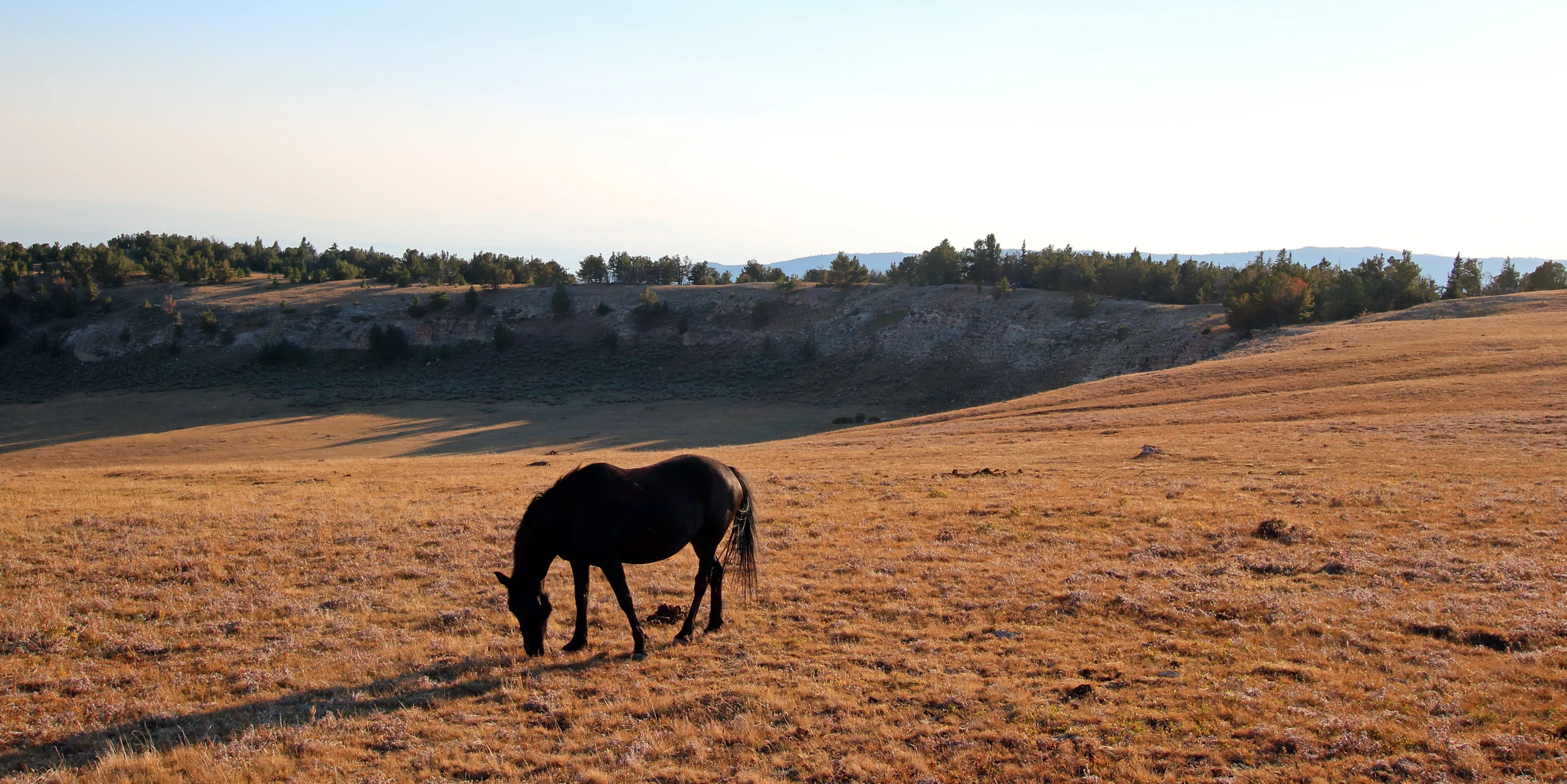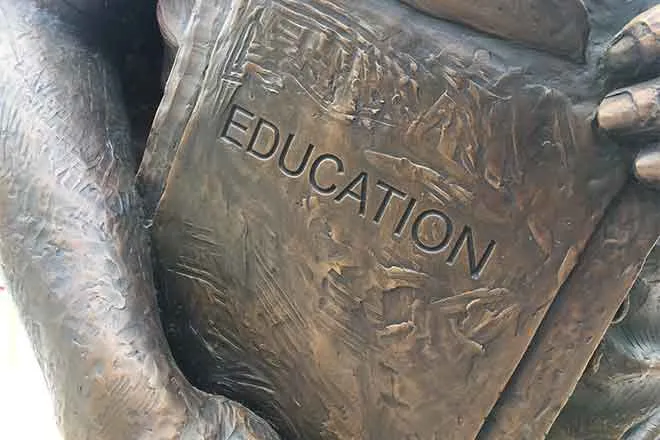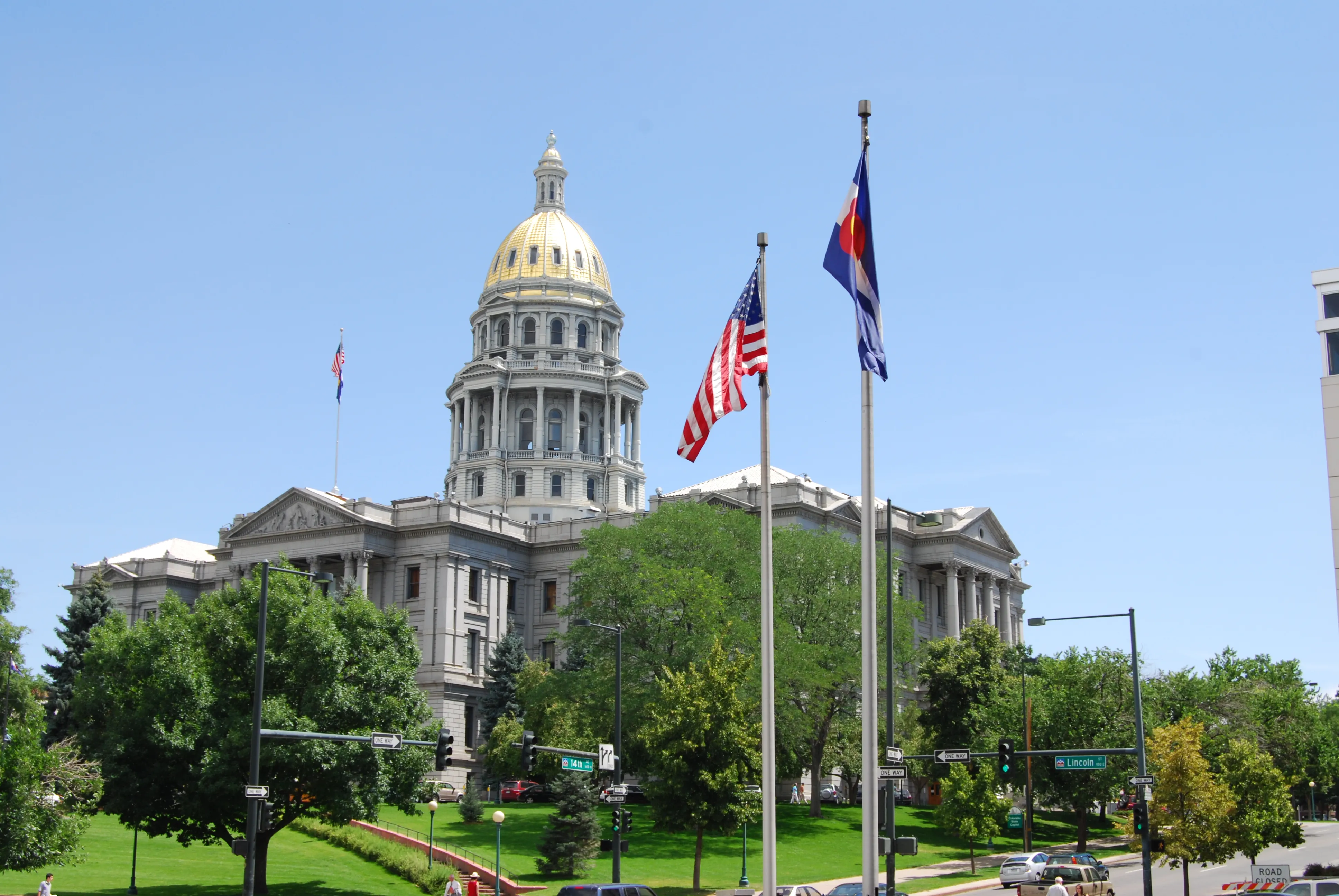
Drowsy driving impacts are often underestimated
Whether impacted by insomnia, a disrupted sleep schedule, or even the end of Daylight Savings, not getting enough sleep before driving is a dangerous idea. According to the National Safety Council drowsy driving is similar to driving under the influence of alcohol and can make drivers three times more likely to be in a car crash if they are fatigued.
“Operating a vehicle safely requires a person’s full attention and focus,” stated Col. Matthew C. Packard, chief of the Colorado State Patrol. ”Fatigue physically and mentally impacts the abilities of a driver – it has effects on a driver’s attention span, judgment, coordination and reaction time.”
Colorado State Troopers saw a concerning jump in driver fatigue and drivers asleep at the wheel, causing serious injury and even fatal crashes in 2021, with only a slight decline last year in 2022. According to Patrol crash data, there were 27 lane violation crashes due to fatigue or a driver falling asleep in 2020. In 2021, these crashes more than doubled to 59 (118 percent increase) and in 2022, there were 52 (11.8 percent decrease).
According to the National Sleep Foundation, drowsy drivers may find themselves weavingback and forth between lanes, unable to maintain the right speed and keep an appropriate distance from other vehicles. They also may be unable to react in time to avoid an obstacle.
The Colorado State Patrol wants to send a message this Drowsy Driving Prevention Week (November 5 – 11, 2023) never to underestimate the importance of a good night's sleep when it comes to driving. If you are sleep-deprived, put down the keys.
“We don’t often talk about fatigue and drowsiness, but sleep-related issues aren’t uncommon and there is an impact on a person’s ability to drive safely,” stated Col. Matthew C. Packard, Chief of the Colorado State Patrol. “Shift workers and commercial drivers are at extreme risk, but anyone who struggles with getting enough and regular sleep can be impacted.”
If you do notice signs of drowsiness, pull over and take a 20-minute nap in a safe place. The National Sleep Foundation provided some of the top signs of drowsy driving that are similar to signs of drunk driving
- Heavy eyelids or frequent blinking
- Frequent yawning
- Daydreaming and trouble focusing
- Drifting back and forth between lanes
- Hitting a rumble strip
- Drooping head
- Poor recall of the last few miles
- Missing signs or exits
- Restlessness, irritability, and aggressiveness, including tailgating
Troopers continue to take a low-tolerance approach to the top fatal crash factors, including lane violations while launching a yearlong campaign called “Drive Safe.” This campaign reminds people to control their lane position based on their current driving environment.

















